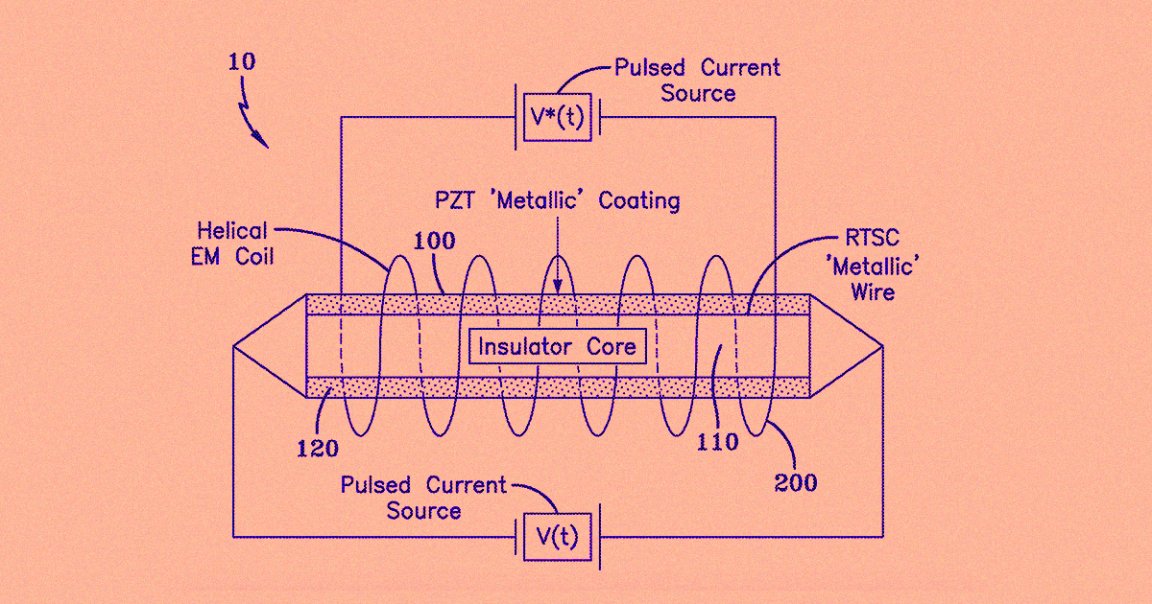
Holy Grail
The U.S. military may be honing in on one of the most sought-after discoveries in physics.
On Thursday, the U.S. Patent and Trademark Office made public a Navy scientist’s patent application for a room-temperature superconductor — and if the device works as described, it could radically change everything from transportation to computing.
Chilly Science
Plenty of materials conduct electricity — copper, steel, water — but each introduces some level of resistance, meaning you lose a bit of the energy as it moves from point A to point B.
Some materials can become “superconductors,” meaning they don’t lose any energy during the transmission process, but only if cooled to very low temperatures. The “warmest” superconductor still can’t work above -70 degrees Celsius (-95 degrees Fahrenheit), and that’s not very useful for practical applications.
Researchers have been on the hunt for a superconductor that would work at around room temperature, which they consider to be 25 degrees Celsius (77 degrees Fahrenheit) — and according to the patent application, Navy researcher Salvatore Cezar Pais thinks he’s figured it out.
Pais’ application describes a wire consisting of a metal coating over an insulator core. An electromagnetic coil surrounds the wire, and when activated by a pulsed current, this coil causes a vibration that allows the wire to act as a superconductor at room temperature, according to the application.
Super Worthwhile
This isn’t the first time someone has claimed to have created a room-temperature superconductor, and thus far, none of those claims have panned out. Still, this is a technology well worth pursuing.
Superconductors could also pave the way for “almost lossless storage” of energy, meaning we wouldn’t have to worry about the degradation that plagues today’s batteries. We could move electricity from a renewable energy farm on one side of a continent to another without losing any energy in the process.
A room-temperature superconductor could accelerate the advent of quantum computers, which could lead to breakthroughs in everything from artificial intelligence to healthcare. There’s also the possibility we could the technology to build magnetic levitation trains.
Ultimately, even if Pais’ application doesn’t foreshadow the future of energy, you can be sure researchers won’t give up the hunt for a room-temperature superconductor any time soon.
READ MORE: Navy Files for Patent on Room-Temperature Superconductor [Phys.org]
More on superconductors: Graphene Could Be the Superconductor Scientists Always Dreamed Of